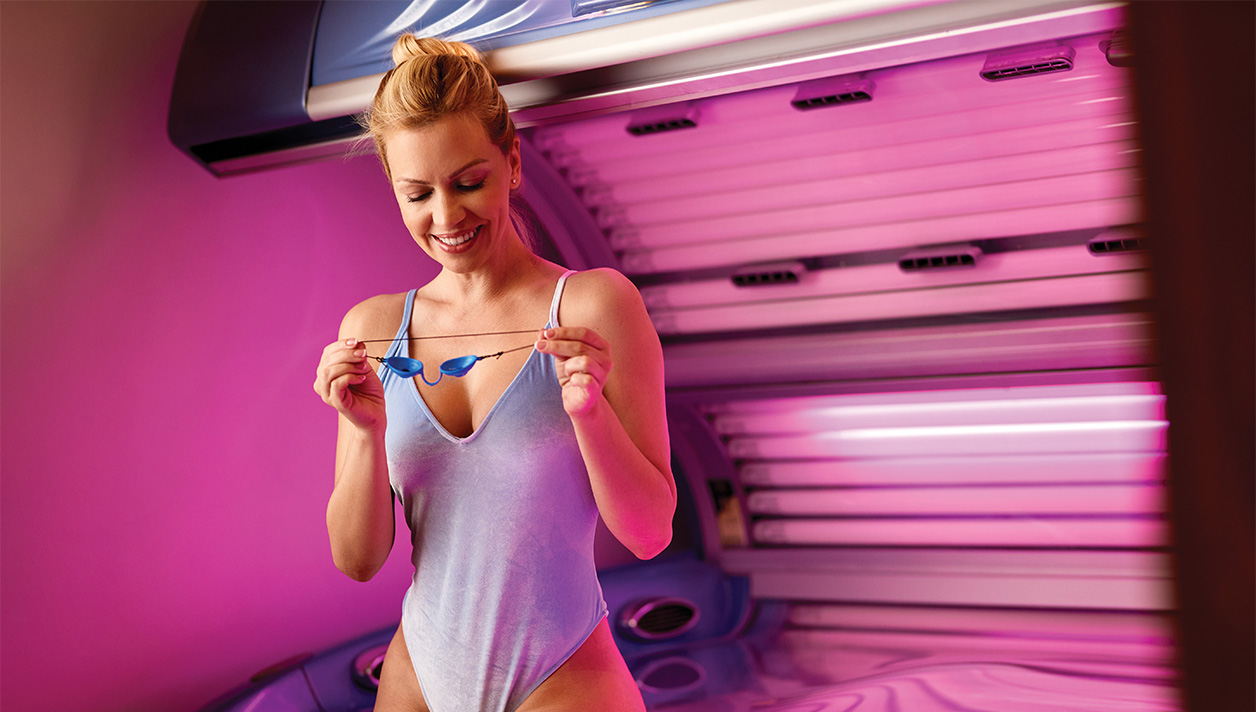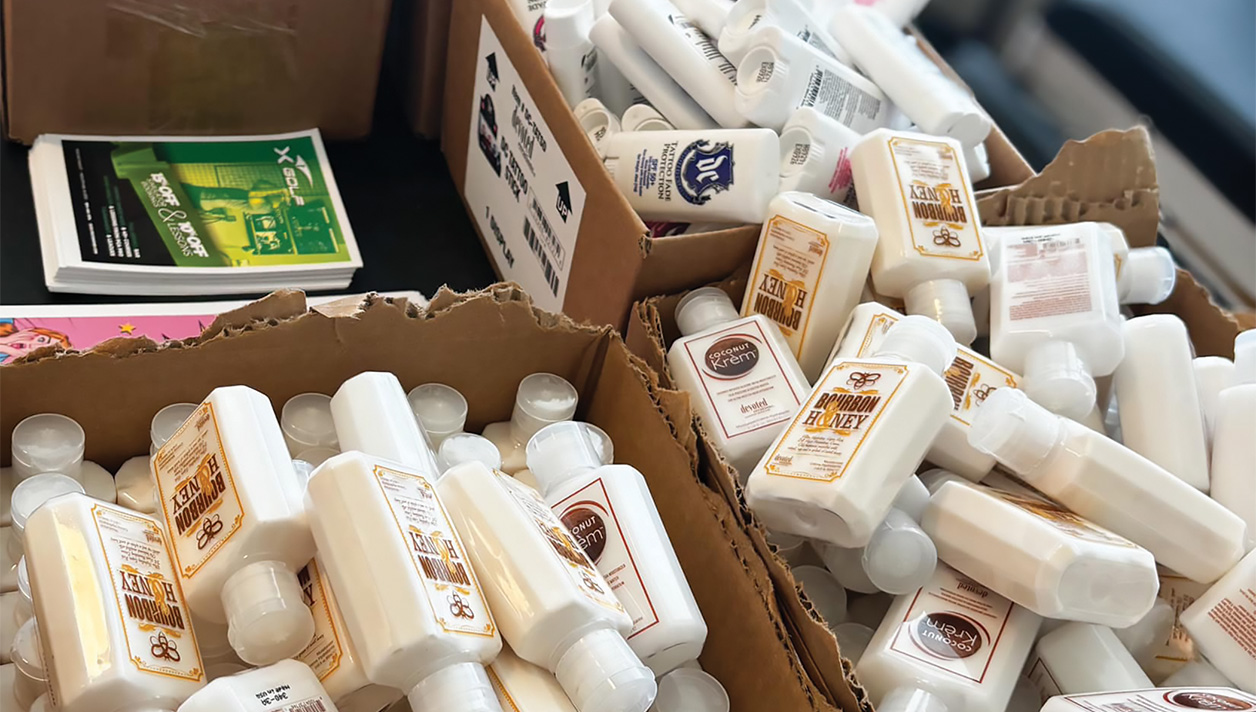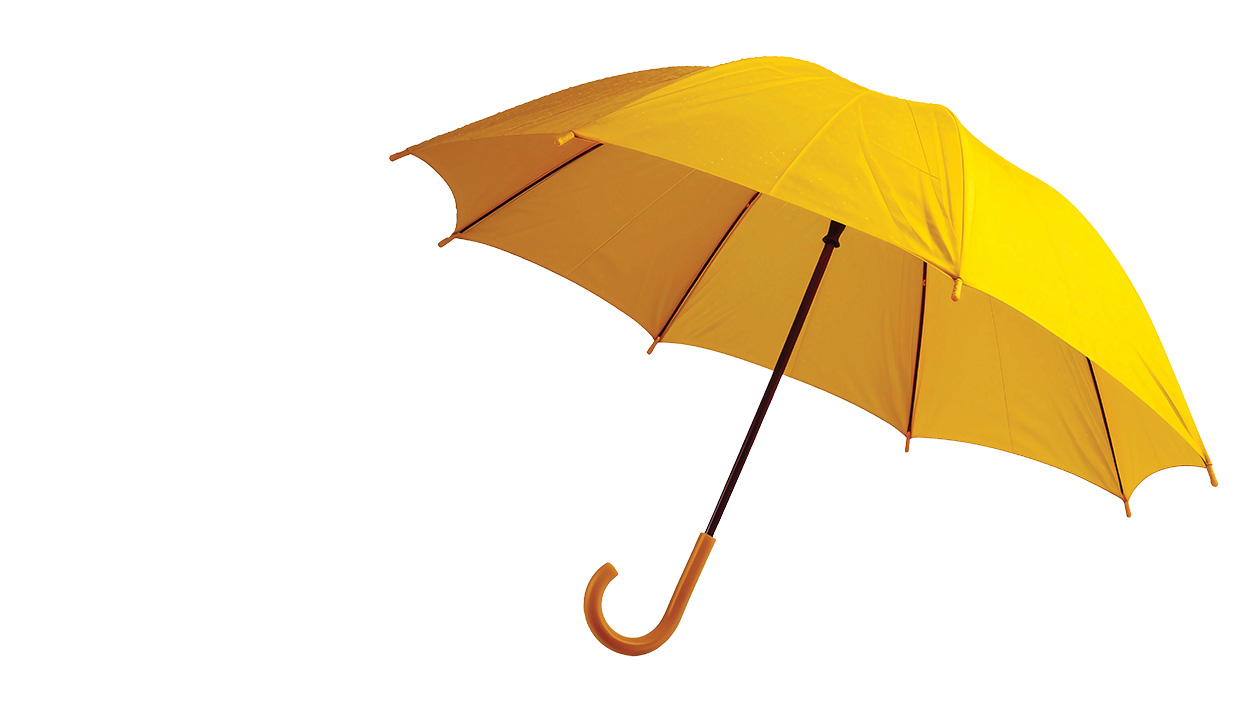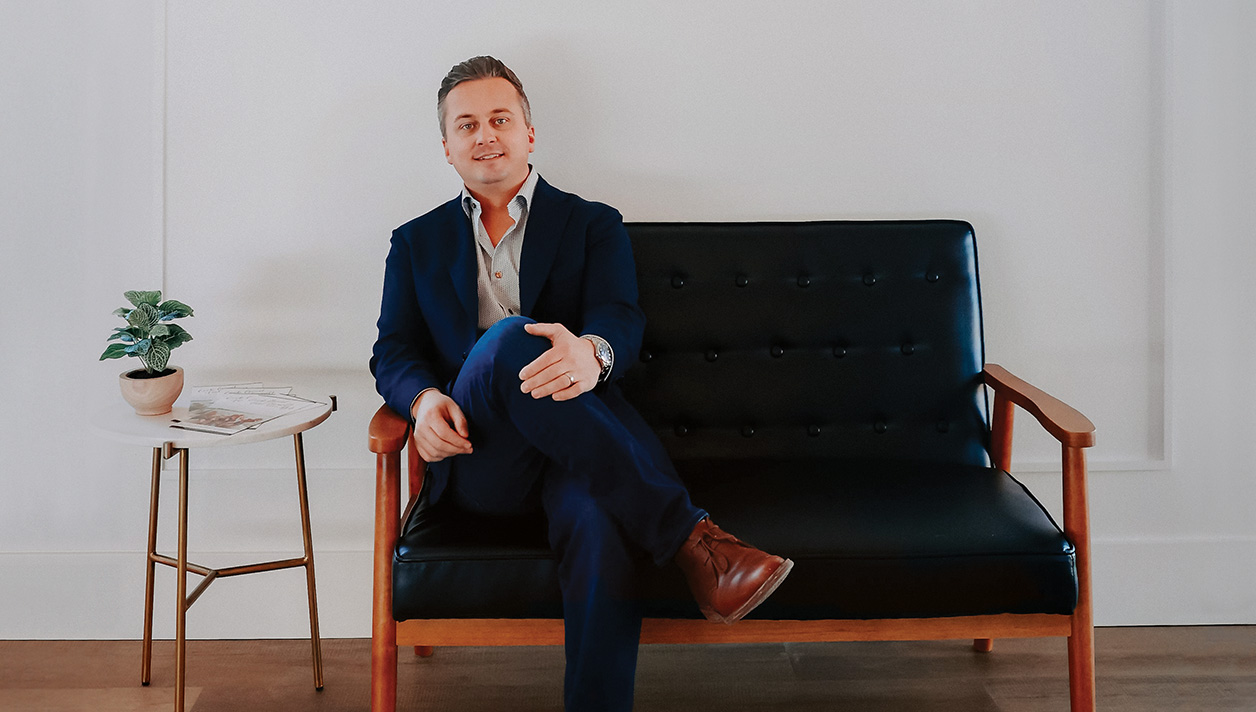For your business to succeed and maximize its true profit potential, you must learn and understand the significant differences between a “buying environment” and a “selling environment.”
[gap height=”15″]
In a selling environment, the business model is structured in such a way that the employees have the primary responsibility for initiating sales activity, walking customers through the purchase process and then, closing the sale.
[gap height=”15″]
In a buying environment, the business model is structured to encourage customers to initiate sales activities and effectively make buying decisions without a great deal of assistance from the employees.
[gap height=”15″]
Ideally, an environment that generates sales via a blend of both strategies will provide the greatest opportunities for success. However, in our industry, your business should be structured more toward the buying environment model.
[gap height=”15″]
Here’s why:
[gap height=”15″]
The typical tanning facility is run by one or two employees per shift. One works the counter – guest check-in, explaining services and packages, and trying to sell lotions, upgrades, etc. The other employee is busy cleaning beds, emptying wastebaskets, doing laundry and trying to maintain a spotless environment.
[gap height=”15″]
Accordingly, most people would assume that the best time to make sales is when the salon is busy. That may actually be the hardest and least productive time to sell, as the staff is often too busy handling day-to-day operations.
[gap height=”15″]
And, regardless of how great their sales skills or ability to multi-task, how effective can they truly be when the lobby is full of impatient tanners or when customers aren’t in the mood for yet another sales pitch from staff?
[gap height=”15″]
Furthermore, our industry, like many in the service sector, is subject to a high degree of turnover, as young “Millennial-type” staff are often unreliable and/or constantly changing jobs. Of course, there are exceptions; however, even your superstar employee may one day decide to move on – leaving you with an equally challenging set of circumstances.
[gap height=”15″]
At a tanning industry seminar a few years back, I asked the audience of salon operators, “What do your customers love most about your business?” One owner proudly shouted out, “my manager, Melissa!” To which I tactfully replied, “Then, don’t ever lose Melissa.” Point made.
[gap height=”15″]
Your business model (inside and outside) should be structured in such a way that it will succeed regardless of the skill level and experience of your staff. It should be designed to encourage customers to take the first steps in the buying process which, at the same time, makes them feel that they are in control of the situation.
[gap height=”15″]
Customers like to buy – but hate to be sold!
[gap height=”15″]
Inside your facility are several high-traffic areas where creative, response-driven advertisements should be positioned to attract customer attention and stimulate immediate responses.
[gap height=”15″]
[gap height=”15″]
In a buying environment, the business model is structured to encourage customers to initiate sales activities and effectively make buying decisions without a great deal of assistance from the employees.
[gap height=”15″]
These include:
[gap height=”15″]
- Front Counter
- Vanity Area
- Restrooms
- Tanning Rooms / Tanning Equipment
- Doors and Windows
- Lobby Area
[gap height=”15″]
Now, I’m not suggesting that the inside of your salon resemble a flea market. I am saying that creative promotional pieces, effectively positioned in key areas throughout the salon, will help staff to generate more sales while still allowing them to perform their usual duties.
[gap height=”15″]
And please – no hand-written “ransom notes” on construction paper. Do it right from the get-go.
[gap height=”15″]
Proof of Concept
[gap height=”15″]
Let’s say that you just added a new skin care product or a spa service to your salon menu. One of the best places to advertise the product or service is inside the tanning rooms – and right on the tanning bed, itself. Simply design a business card printed with an immediate response-driven offer, and then measure the response.
[gap height=”15″]
Examples:
[gap height=”15″]
- Purchase Any Bottle of Lotion & Get (3) Free Level-5 Sessions!
- Redeem This Coupon for One (1) Free Week of Spa Services!
[gap height=”15″]
The card should have a blank area where you can state the effective dates for redemption, as well as your authorized signature to avoid counterfeiting and duplication. The offer should also be transferable. If the customer doesn’t want to redeem it, they should have the option to give it to a family member or friend.
[gap height=”15″]
Another great place to advertise is on the employees, themselves – via the use of promotional t-shirts, caps and buttons. I’m not suggesting that your staff should resemble the servers at a TGI Fridays; however, classy T-shirts or ball caps that advertise your business and tout special events and promotions can be highly effective. You can also reach out to your product providers for sponsorship of the special uniform items.
[gap height=”15″]
A while ago, I was meeting with my banker to set up a new account in the Cayman Islands. On the lapel of her jacket was a colorful button that stated, “Ask About Our 3.99% Commercial Loan Rates.” I inquired – and about 30 minutes later, I had established a new line of credit for my business. I assure you that if someone had cold-called me on my cell phone or emailed me the same offer, I would not have responded.
[gap height=”15″]
There is an old saying that salespeople are “born” – they cannot be created. While this may be true for some, I have personally trained many of our industry’s top salespeople, and when I first met them, many were shy, timid basket-cases of inferiority. But, by creating customer-initiated sales situations, these new “salespeople” slowly overcame their fears and began to realize that sales can be both enjoyable and rewarding.
[gap height=”15″]
Years ago, one of my daughters took a job in a tanning salon while in college. She was attractive, intelligent, polite and hardworking – but, terrified of sales. She was perfectly content to clean beds, etc., but wanted no part of talking to customers about products, etc.
[gap height=”15″]
[gap height=”15″]
By creating customer-initiated sales situations, “salespeople” slowly overcame their fears and began to realize that sales can be both enjoyable and rewarding.
[gap height=”15″]
The owner of the salon and I discussed this situation (as it also applied to the majority of new-hires) and we created a special sales promotion to help overcome this challenge. We placed a mid-priced bottle of lotion right in the center of the front counter with a sign that read, “Buy Me & Get 30 Days of Tanning FREE! Ask Candyce for Details.”
[gap height=”15″]
The next day, Candyce came home exclaiming how she had sold two bottles of lotion! Now, the salon owner and I knew that the promotion and the signage did the majority of the actual “selling” – and it was pretty much order-taking for Candyce at that point. But, the exercise instilled so much confidence in her, she couldn’t wait to get back to work and start selling!
[gap height=”15″]
I am proud to say that today, Candyce has her own business, Harbor Hound Co., selling custom dog leashes and collars.
[gap height=”15″]
The Ultimate Buying Environment
[gap height=”15″]
Starbucks is perhaps the best example of how to create and maintain the ultimate buying environment. The menu and product offerings are strategically structured to encourage sales simply and expediently. And despite the exorbitant prices, the customer always feels that they are in control and actually enjoys paying $5+ for a cup of coffee.
[gap height=”15″]
Think about it: When has anyone ever tried to sell you something at a Starbucks? The most aggressive sales pitch I’ve ever encountered was, “would you like a muffin with that?”
[gap height=”15″]
While there are dramatic differences between your business and Starbucks, there are lessons to be learned and applied to your business model. Pushy, over-the-top salespeople may help you achieve sales temporarily, but in the long run, people always buy from the people and businesses that they like.
[gap height=”15″]
With a buying environment that stimulates proactive responses from your customers, your business will flourish and you will maximize your true potential – while also allowing your staff to fulfill their day-to-day responsibilities AND close sales.
[gap height=”15″]
If you would like more information on creating the ultimate buying environment, including a list of proven marketing techniques, write to jerry@istmagazine.online.
[gap height=”15″]
[gap height=”15″]
























